The most effective and impactful link building tactics are those that can help you to earn high quality, topically relevant backlinks from other websites to your own.
There is no denying that a successful link building strategy should carefully balance several different tactics to be able to earn excellent links consistently.
A proven tactic to incorporate into your link building strategy is that you should be using is broken link building. In this guide, we will walk you through a step-by-step process of finding broken links, specifically covering:
What is Broken Link Building?
Broken link building involves finding broken external links on other websites in your niche and reaching out and recommending your own content as a replacement.
Broken link building takes a well thought out and effective strategy. For broken link building to be successful, you need to break down your process into three steps:
- Finding broken links from relevant web pages
- Identifying (or creating) content that is worth linking to
- Conducting outreach to persuade a website owner to replace the dead link on their page with yours
It sounds simple, but the hardest part of the process is usually finding opportunities at scale. There are ways that you can speed up and optimize the task of finding opportunities, and we can walk you through the steps to properly develop a broken link building plan.
Why You Should Use Broken Link Building as Part of Your Link Building Strategy
One thing to clear up is that broken link building should not be the only link building tactic that you use. It should be a tactic that forms part of your broader strategy, and regularly analyzing the opportunities that are out there and leveraging them can help you to gain a real competitive advantage.
Besides reaching out and earning backlinks for new content you have written, why should you work on broken link building? By taking advantage of broken link building, you can:
- Build links on pages that have already inherited authority
- Build links from within relevant content, supporting the visibility and growth of target pages
- Inherit links that previously pointed to competitors (or at least related content) and leverage that authority to push your own SEO strategy forwards
- Supplement other link building tactics as the opportunities arise
How to Find Broken Link Building Opportunities and Turn Them Into Links
To maximize the opportunities that exist with broken link building, you need to start with understanding how to find these and how to turn them into links.
You need to have a proven process that can help you to find pages with broken links, while also knowing the tricks that can allow you to scale this up. It is great to find one broken link opportunity, but what if you could quickly turn that into 10, 20, or even 100 broken links to chase after?
Broken link building typically has a better hit rate than other link building approaches. When you can explain that having broken links offers a poor user experience and showcase that content you have created is relevant to their website or a particular topic, then you have laid the case for why they should link to you.
Here are more tips about effective broken link building:
1. Find Dead Pages That are Being Linked To
The best starting point in a broken link building campaign is usually to find dead pages that are being linked to. These are web pages on relevant websites that have previously earned links but have since been deleted and return a 404 error.
But how do you find these? It is pretty easy.
Use your competitors as a starting point. Simply put, the links that you could land with this tactic are already pre-qualified to be highly relevant. If they linked out to a competitor that covers similar topics, they are much more likely to link out to your website.
Need help finding your competitor’s linked 404 pages? Use the Backlink Analytics tool to see where some opportunities may lie.
All you need to start is your list of competitors. Keep in mind that these should be your SERP competitors, not necessarily your real offline competitors.
Head to Google and run a search for your primary target keywords.
In this example, we will find a few opportunities for our hypothetical ‘personal finance advice’ portal, which has target keywords that include:
- Best credit cards
- Best savings accounts
- Best mortgage lenders
- Debt consolidation loans
- Cheap car insurance
Start with these primary keywords and run a search.
Compile a list of those sites that you are competing against; those who are likely to have earned links that you would want to land yourself.
Top Tip: Leave out news websites for the time being. In the example above, we see Forbes. However, that is not specifically a personal finance website. Analyzing this for dead pages is not going to return the results you want to see.
In this case, we see NerdWallet coming out as the top result, and we will start our search for linked 404 pages with this domain.
You can also enter your domain (or any other) into the Backlink Analytics tool to view a list of competitors’ domains:
Combining these approaches can result in you having a great list of domains to analyze.
Finding Linked 404 Pages with the Backlink Analytics Tool
Enter your competitors’ domains into the Backlink Analytics tool, and head to the ‘indexed pages’ tab.
See the ‘Target URL error’ tick box at the top of the table?
Tick this, and you’ll see a list of pages with links that cannot be crawled (dead pages).
Here we have a comprehensive list of pages from a competitor that have backlinks pointing to them, the top page having 129 unique domains linking.
If we then try another competitor, CreditCards.com, and run through the same process, we see:
You already have a solid list, and that is from just from two domains!
Now, you need to see the specific links that point to these pages so that you can build a list of prospects. To get this information, you just click the number in the ‘Backlinks’ column, which will take you to a full list of the links pointing to this page.
In this case, we have clicked into the top page, which is related to the purchase of used cars.
You can export all of these links using the ‘export’ button at the top right of your screen.
Side note: It is worth using the AS (Authority Score) column as a judge of quality. While there are 353 links here, only 9 of these have an AS of 10 or above. The others are low quality, and you might not want to replicate these. In some cases, it might make sense to try to acquire backlinks from a low AS website. Generally, it is not a great practice unless it is an important backlink for your business – you would be the best judge of that!
However, nine opportunities from a single page is still a good starting point, especially when these are highly relevant such as:
It is easy to see how this can scale to help you find plenty of opportunities. Once you have been through this exercise, you should be left with a list of quality broken links that point to dead pages.
2. (Re)Create the Content That is Being Linked To
The starting point for creating relevant content is to understand what the dead page was about. By discovering this, you gain an insight into precisely what and why someone chose to link to the previous content. The best way to do this is by using archive.org’s Wayback Machine.
Enter the dead page’s URL through this, and you will be able to see what the content used to look like:
You might find that the images and CSS sometimes do not fully load, but you can see what the content looked like and how detailed it was.
Essentially, you can understand exactly what someone linked out to and take a good guess at why. You must know this because you now need to do one of two things:
- Find a page on your site that already covers this topic in as much depth and would be a good alternative or replacement link.
- Create a piece of content on your site that adds value in the same way as the dead page does.
It is all about having a solid reason for someone to replace the broken link and being able to demonstrate that the content on your site is as good as, if not a better fit than, the original.
The benefit of using the WayBack Machine is that there is no guesswork involved in what the content used to be. If you have existing content, you can analyze this in context with the page that is linking to ensure you are offering the same experience on the other end of the link.
Once you have got a comparable (ideally better) piece of content on your site, it is time to start reaching out to those who linked.
3. Finding Contacts and Crafting the Perfect Broken Link Outreach Email
You should already have a list of prospects to reach out to (the list of links pointing to the dead page).
But what you (probably) do not have yet is contact details for the site, and you will need to find these.
Typically, you have a couple of main options:
- Look at author bio pages, contact pages, or even about us pages. These will often list contact details for editors, webmasters or site owners. You might not always find an email address here; it might be a form.
Note these down alongside your target prospects. - Use a tool such as Hunter.io that can help you to find almost anyone’s email address.
- Turn to Google. Using search operators to narrow down a search can sometimes help you to find what you are looking for.
You want to compile a list of the link, contact details and, if possible, the name of the person you are reaching out to.
Outreach for Broken Link Building
Once you have compiled your outreach list, you need to reach out to the prospects and convince them to replace their broken link with one to your site.
The way that you reach out here, and specifically your email, is key to driving success. So what does an effective broken link building outreach email look like?
Hi {Name},
I noticed that your blog post about {post title} ({blog post URL}) is linking out to a great piece of content about {topic of dead page}.
You link out to {dead page URL}, but this link no longer works.
When I was looking for an alternative, I found this: {your replacement URL}
This post does a really great job of explaining {the topic} and I just wanted to let you know about the broken link.
Maybe updating the post to replace the broken link with this one could make sure your readers aren't being sent to a dead page?
Thanks!It is simple, but it works.
And this is an excellent example of the sort of email you should send, but do not be tempted to try and work on copy and paste templates all the time. Send customized emails that target the site and explain why the content adds value, and you will see a much better success rate.
Top Tip: Never outright tell a prospect to replace a link, but encourage them to make the decision themselves. Being suggestive usually works far better than being directive.
Another way to reach out? You can use the Link Building Tool to send your outreach emails.
And what you want to do here is manually upload your prospects that you have built, alongside their contact details.
You can then use the tool to manage the whole outreach process, including customizing your outreach emails and following up.
You will find your prospects are now added to your ‘in progress’ tab:
Click into ‘contact’ for the prospect in question, and you can edit and send your email:
Be sure to follow up at least once with prospects three days or so after you first send. This can significantly increase the chances of the prospect updating their broken link to yours.
You can also keep complete track of your email sends, replies, and the overall status within the tool.
Broken link building can be a great way to build topically relevant links to your own content by taking advantage of pages that your competitors have removed.
It is also a great way to help clean up the web!
No one likes clicking a link and finding that they end up on a dead page; you can think of your efforts as helping others, hopefully getting you a great link in return.
This marketing news is not the copyright of Scott.Services – please click here to see the original source of this article. Author:
For more SEO, PPC, internet marketing news please check out https://news.scott.services
Why not check out our SEO, PPC marketing services at https://www.scott.services
We’re also on:
https://www.facebook.com/scottdotservices/
https://twitter.com/scottdsmith
https://plus.google.com/112865305341039147737
The post A Full Guide to Broken Link Building appeared first on Scott.Services Online Marketing News.
source https://news.scott.services/a-full-guide-to-broken-link-building/


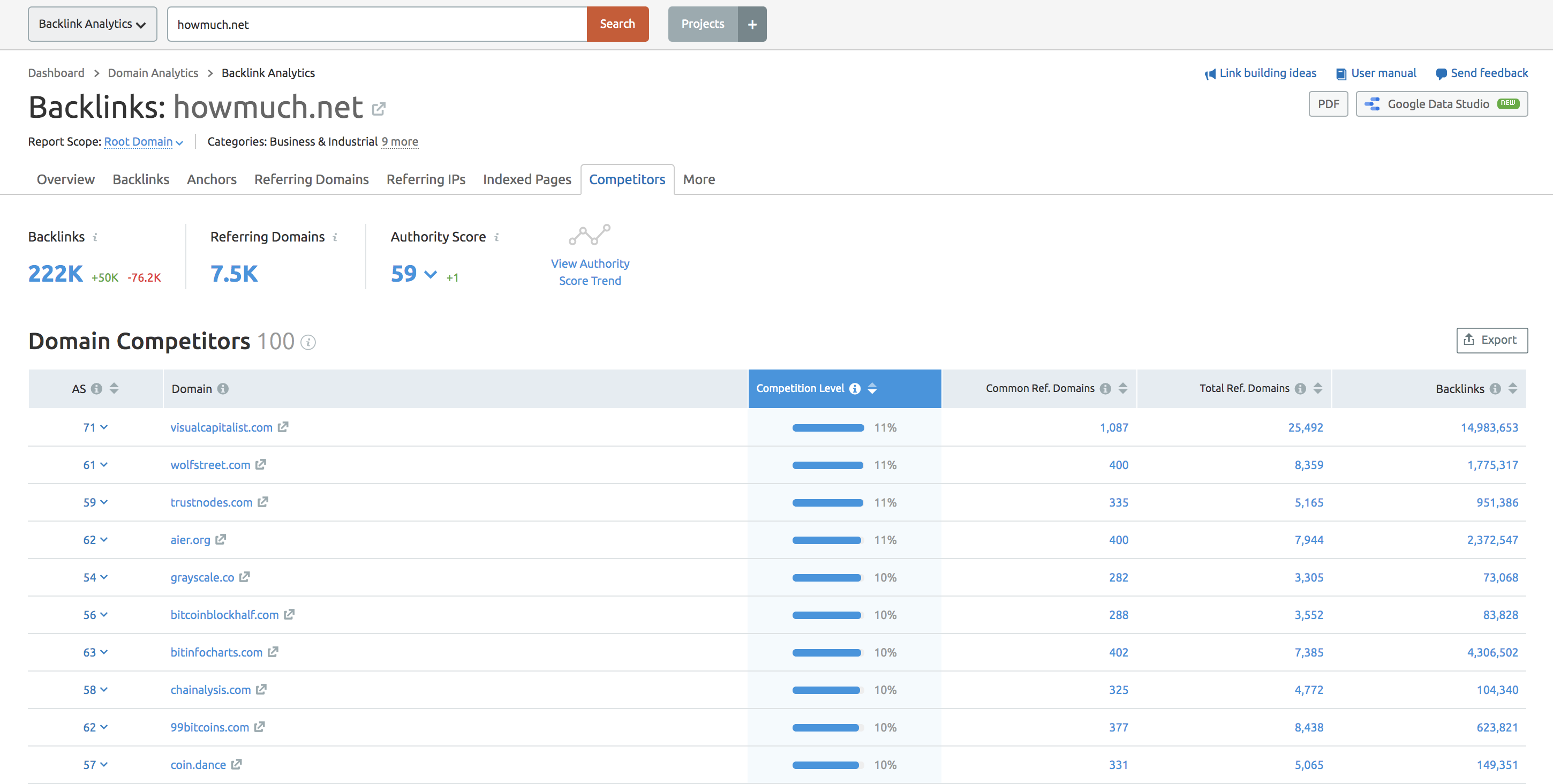

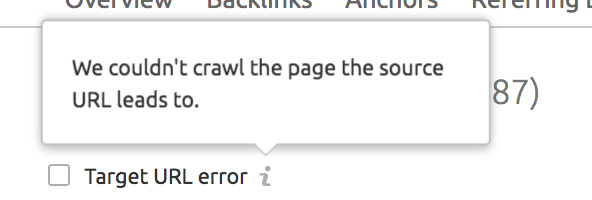
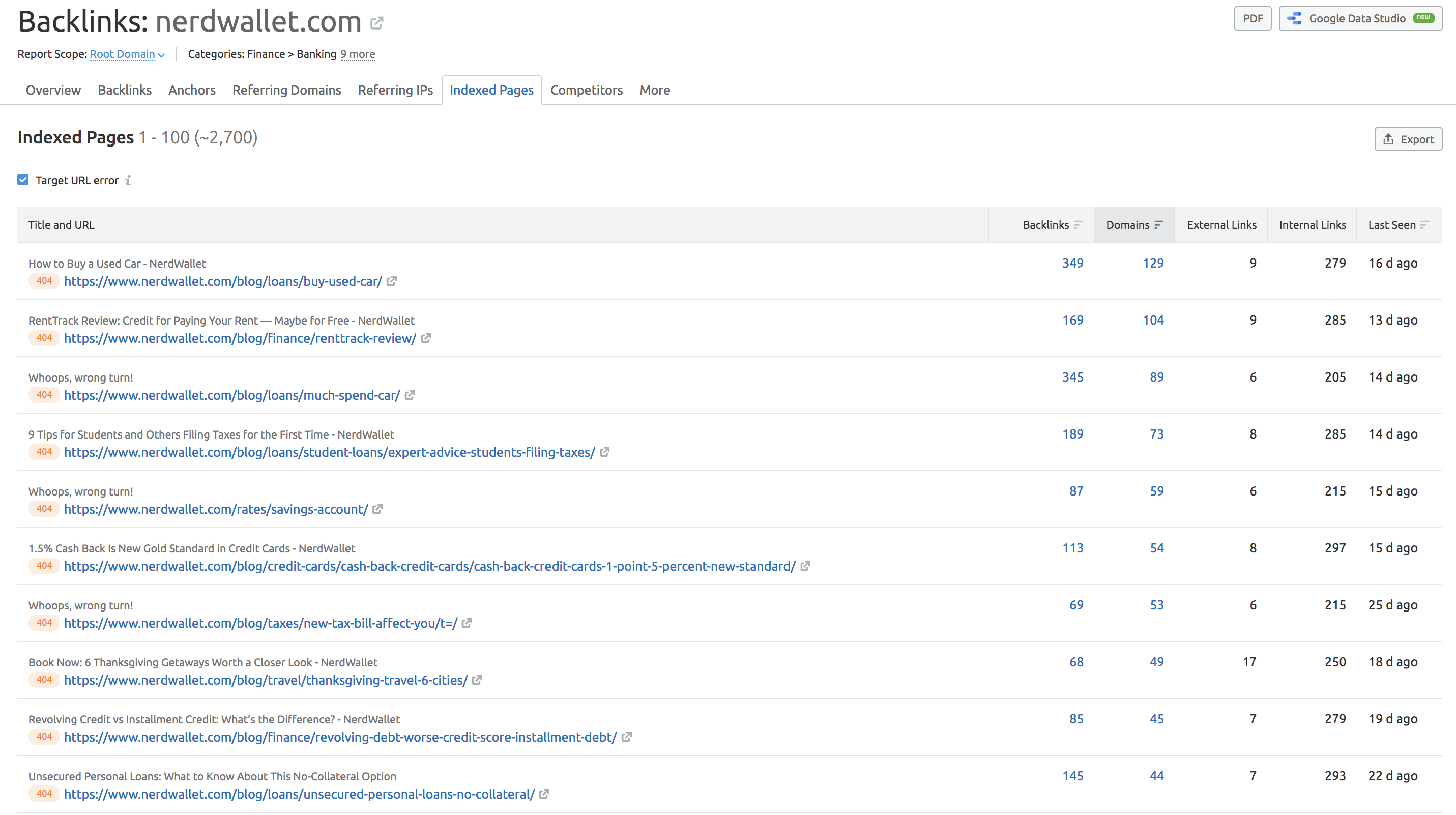
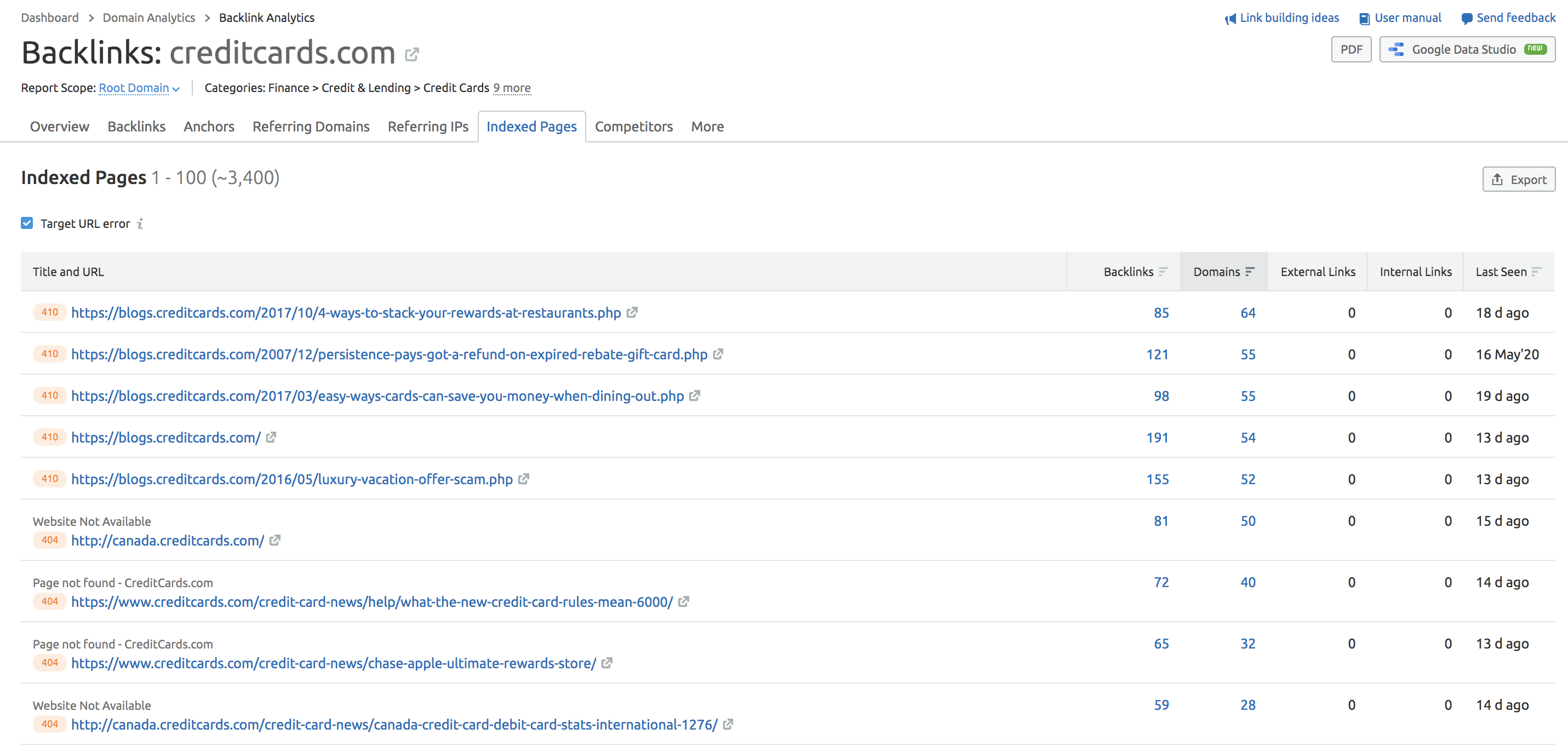
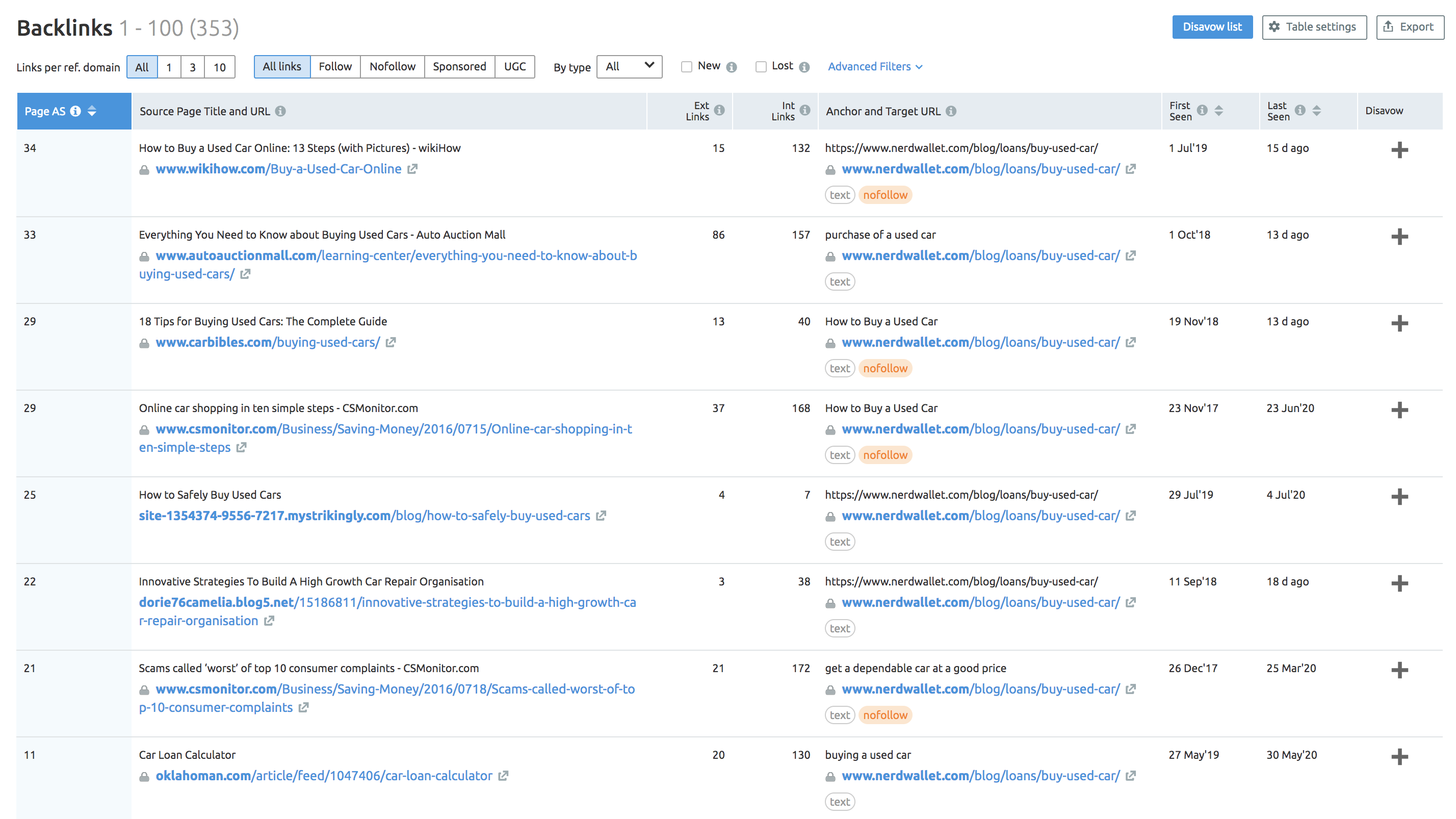
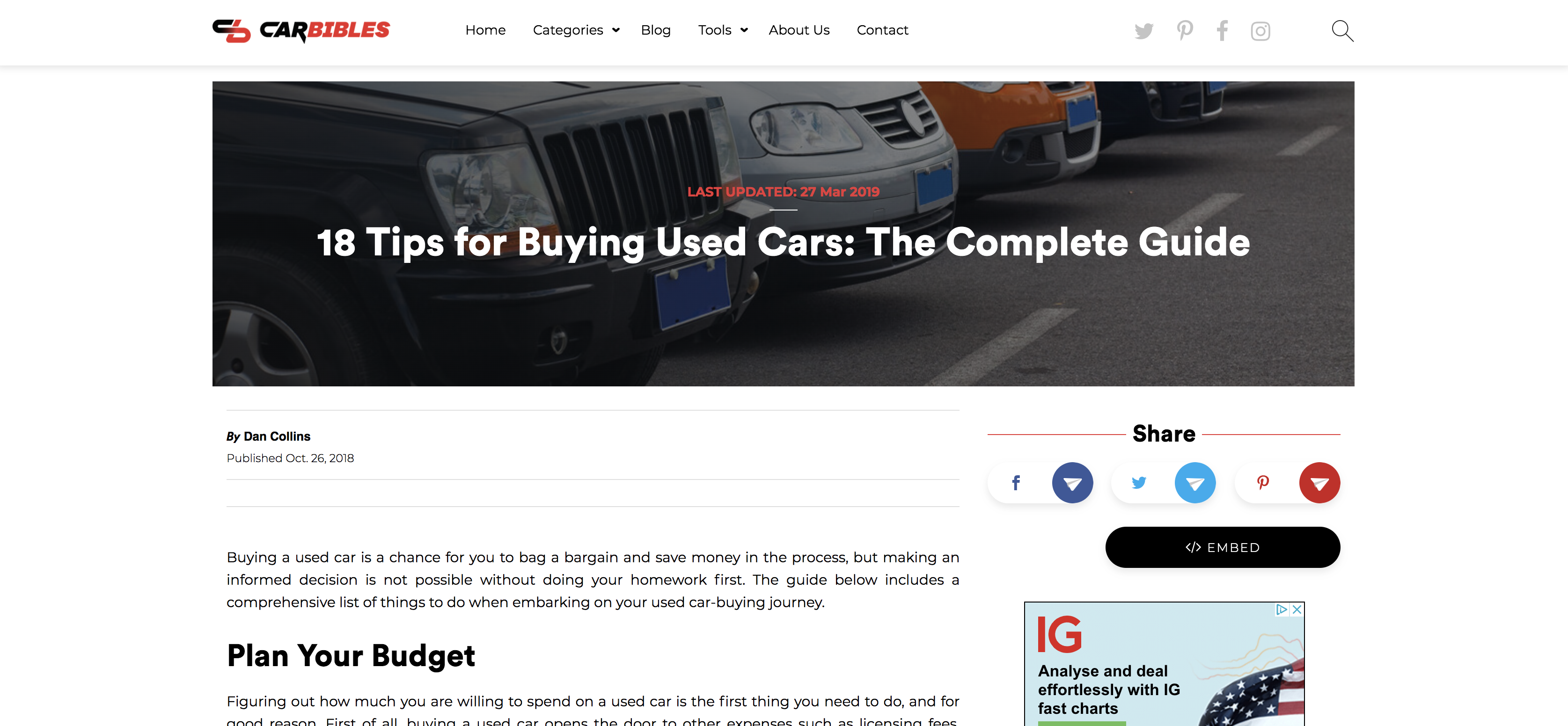
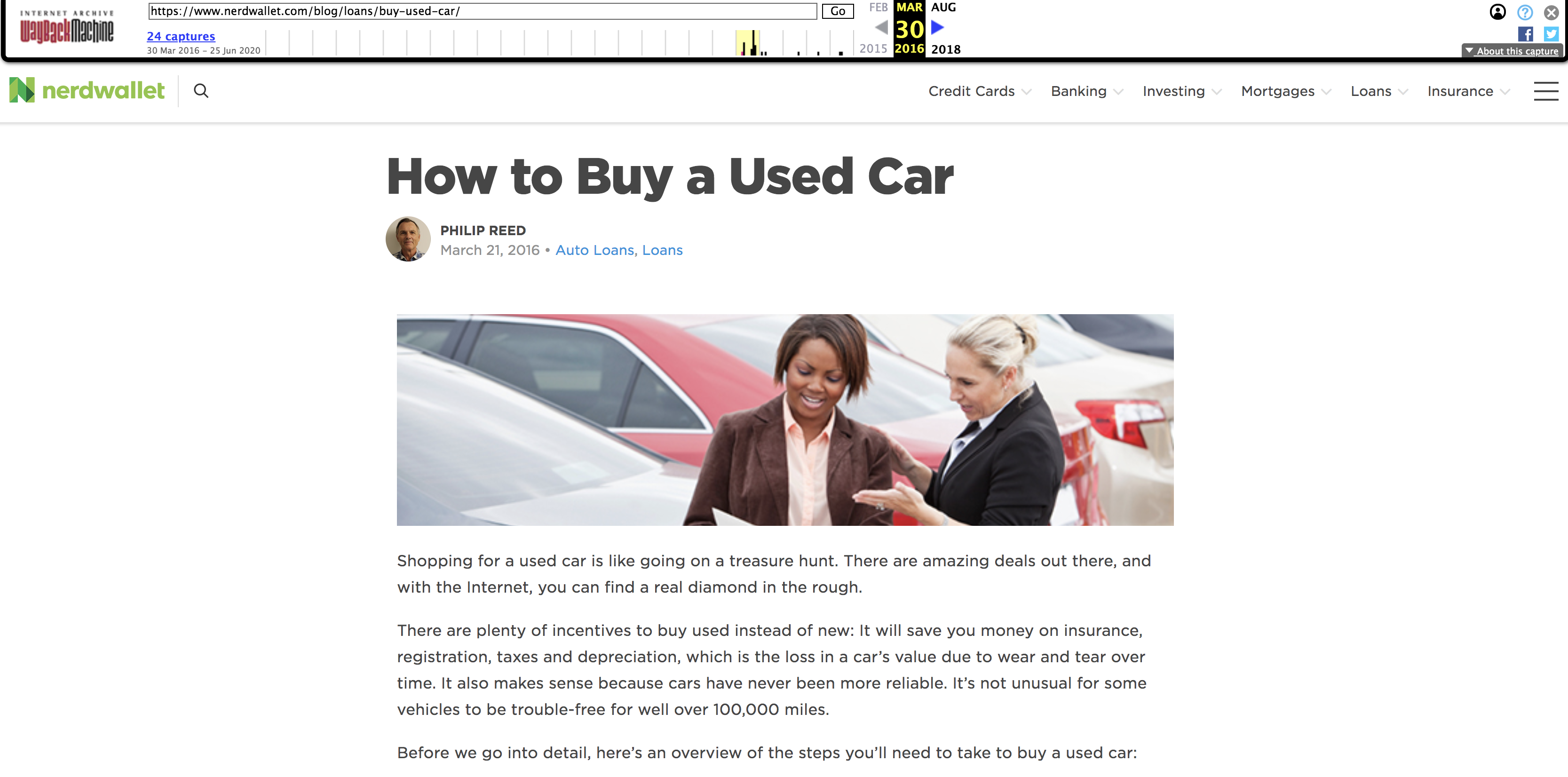
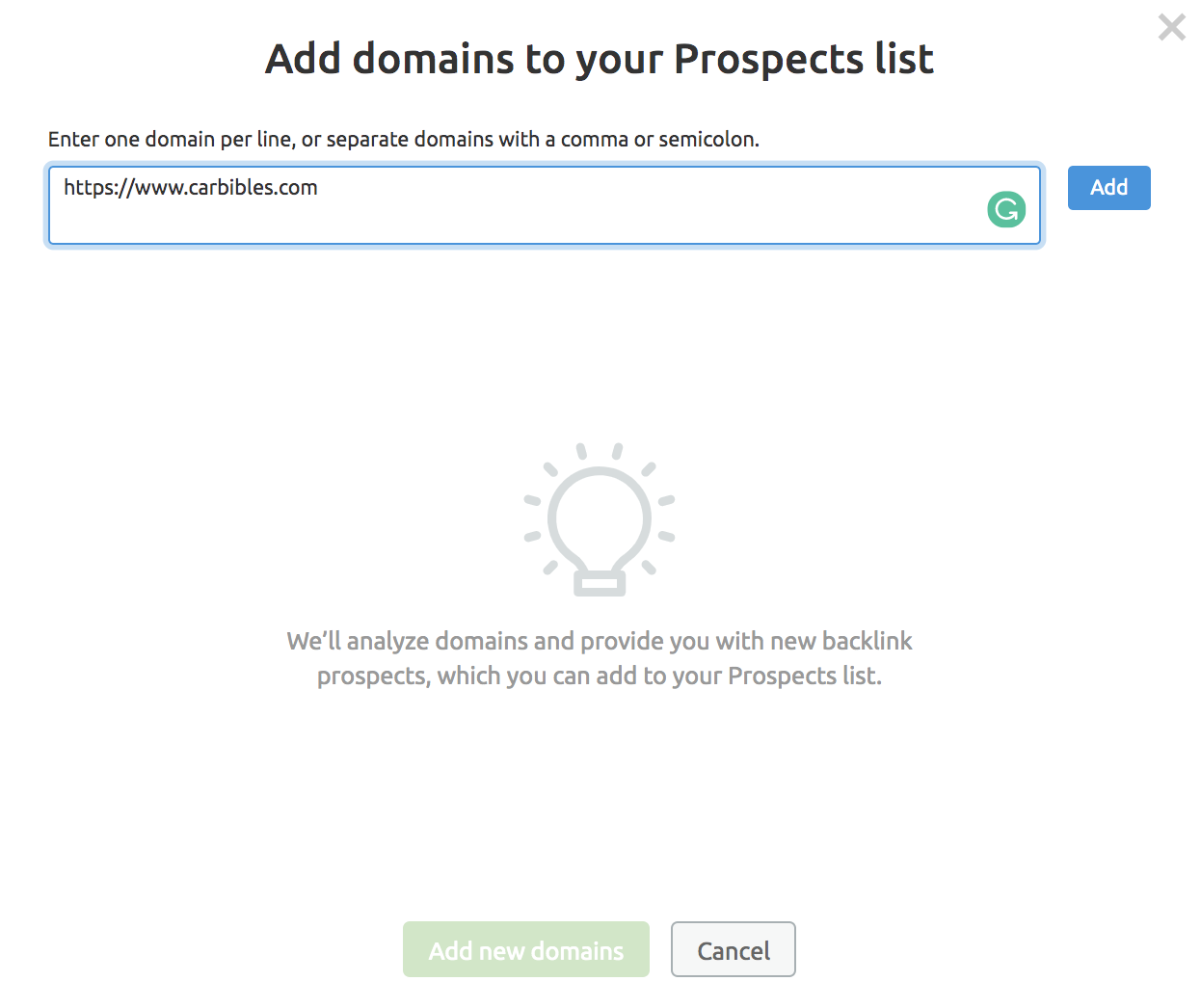
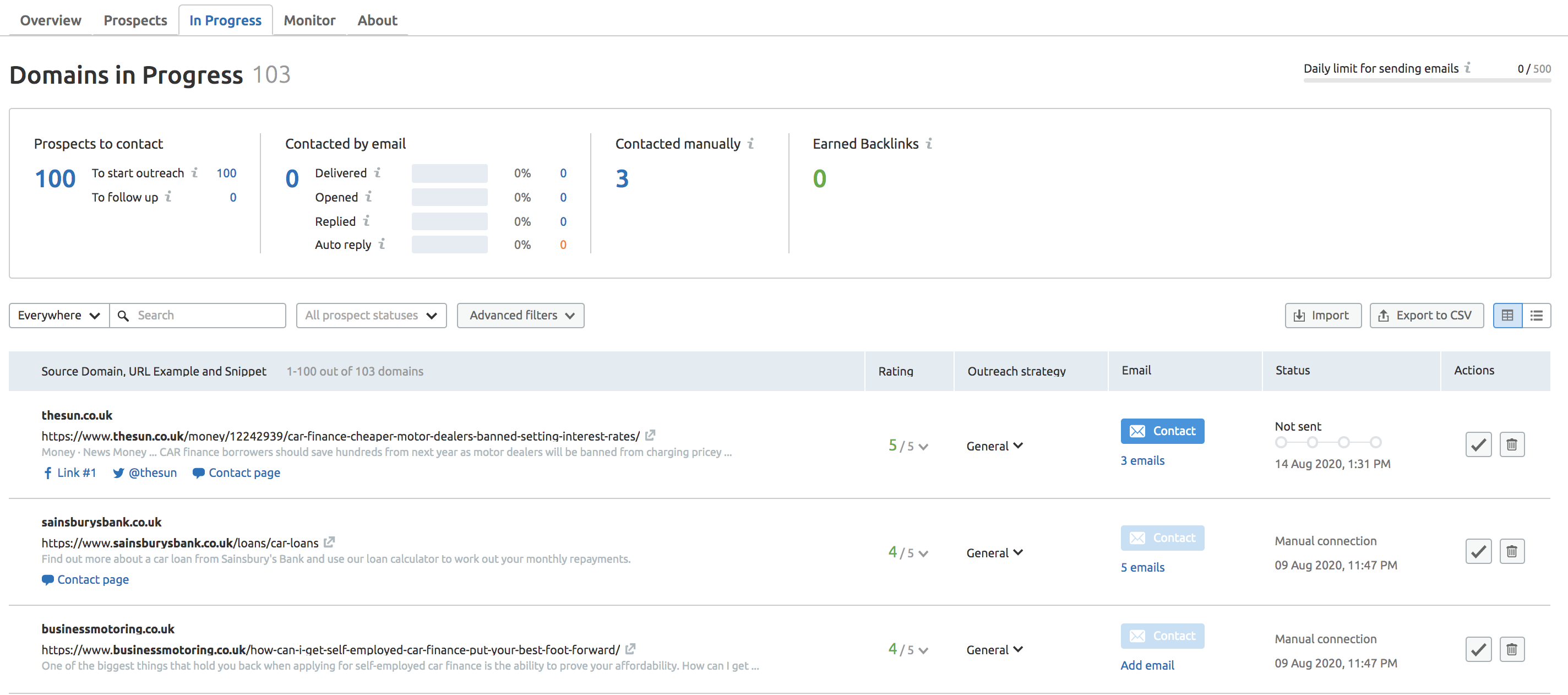
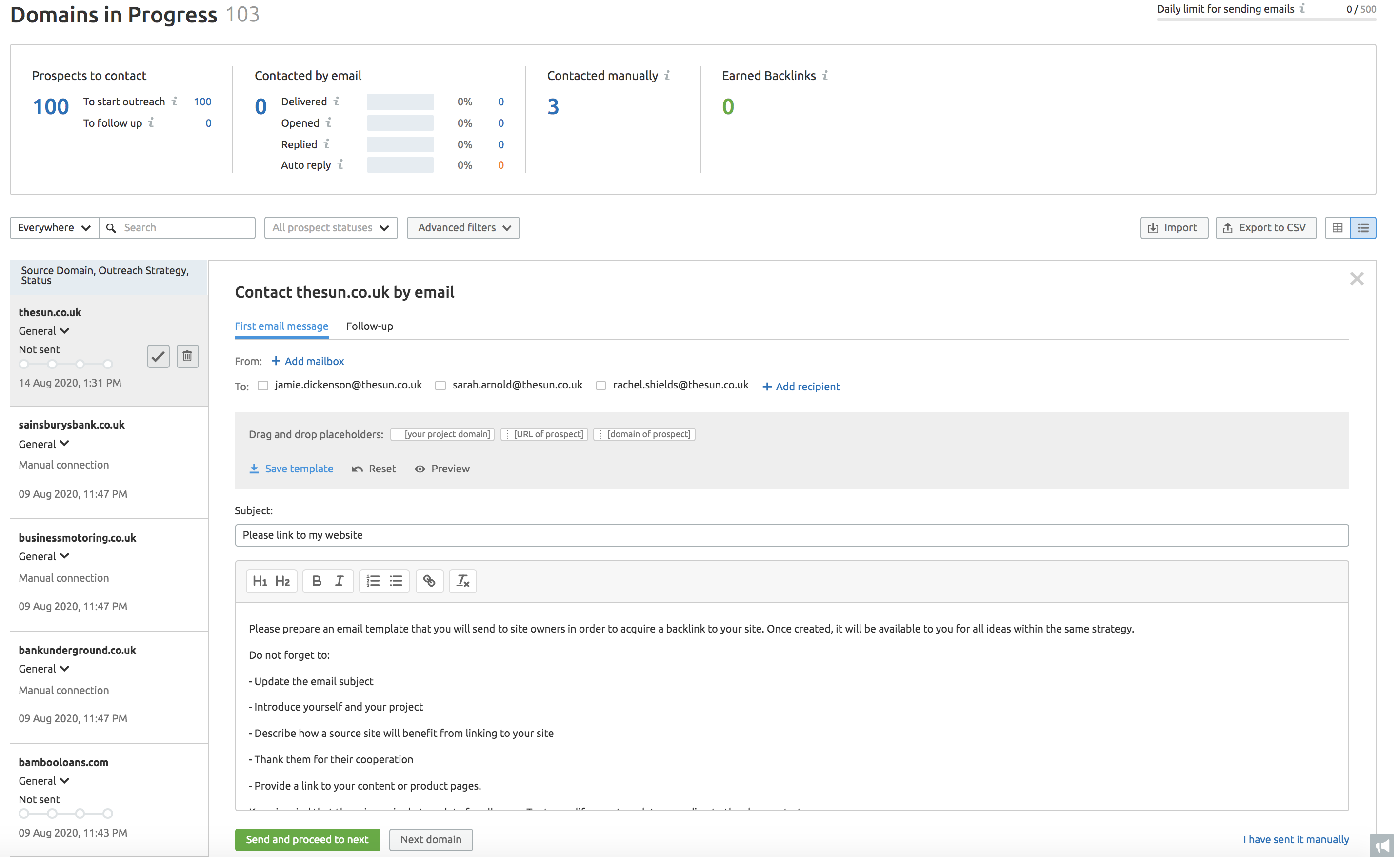
No comments:
Post a Comment